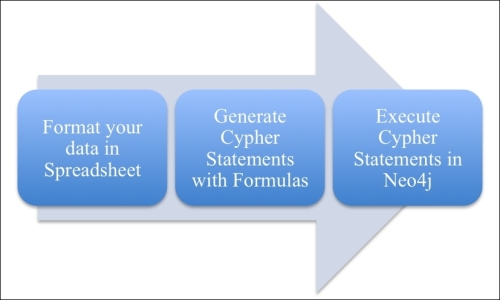Database management systems are meaningless tools without their data. It really goes without saying. So how do we get data into a graph database management system like Neo4j? There really is no one specific answer, and in this chapter, we will try to give you a couple of pointers towards potential solutions.
It is important to point out that this has a very immediate and direct link to the previous chapter. After all, importing data without a model is pointless—it would never serve a real-world purpose, as it would never be able to answer the data queries of the user. As we previously indicated, but it does not hurt pointing it out again, graph models are tremendously important, and you need to think these through before you consider importing the data. We will, however, assume that you have taken this advice to heart and get on with the question of how to import data into Neo4j.
We will cover the following topics:
Alternative approaches to importing data...


